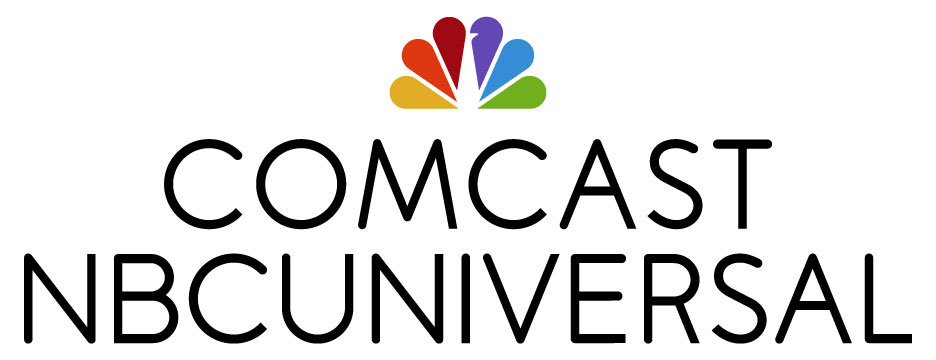Expanding Opportunities for People of All Abilities
Comcast NBCUniversal is committed to building a world that is accessible to everyone.
That’s why, through a national partnership with Easter Seals, the Comcast Foundation each year awards grants to support technology programs and services for people with disabilities and special needs. To date, more than half a million dollars have been awarded to local Easter Seals affiliates, helping an estimated 25,000 people. Below is a story about the positive difference one grant has made for families in State College, Pa.
Three-year-old Olivia Peters was born with a rare neurological disorder that affects her movement and speech. But using an iPad equipped with specialized switches, Olivia is able to play independently and with other preschoolers at the Easter Seals Child Development Center near her home in State College, Pa.
How does it work? Olivia’s therapist uses a specialized iPad app to program a play scheme with a baby doll. Olivia can’t manipulate the doll herself, but she can direct another child to feed it or put it to bed by hitting a button on the iPad mounted to her wheelchair.
"Maybe playing doesn’t sound like a big deal," says Brandy Prebble, director of the Child Development Center. "But it’s an important developmental step for a 3-year-old, and exactly what she should be learning to do."
Brandy and her team at the center are able to help Olivia, among others, thanks to the Comcast Lending Library created through a $25,000 grant from the company’s Assistive Technology Fund.
Stocked in the lending library are iPad Touch, iPad Mini, and iPad Air devices, adaptive mounts for attachment to wheelchairs, high chairs and tables, and control switches of different sizes and shapes. Because the equipment is specialized, it can cost thousands of dollars. Even the application interfaces that enable a user with a disability to operate a device can cost $100 or more.
But now, State College-area families in need can meet with the Easter Seals professional team at the lending library to get technology recommendations and borrow equipment. Once a family, like Olivia’s, has tried out a device, caregivers can make better-informed decisions about whether acquiring it makes sense.
Previously, the only similar option was a state program with wait-list times of six months or more, says Brandy, adding, "Six months is a long time in the life of a little one."
To Fred Maahs, who manages national partnerships for Comcast, it makes good business sense for a company in the communications business to support a program helping a little girl to communicate.
"Because Comcast wants to provide Internet access to the greatest number of people possible, we are always looking for ways to be more inclusive," Fred says. "But these assistive technology grants have the potential to take us beyond that. The lending library in State College helps people of all ages with a fundamental human activity, communication. In the case of kids, it fosters communication with parents, with therapists, and – just as importantly – with other kids."
Thanks to the library, Olivia can blow bubbles with the touch of an iPad button linked to a switch that powers a bubble machine.
"The other preschool kids love to play bubbles with Olivia," Brandy says. "Her condition doesn’t affect cognition, so this little girl is effectively trapped in a body that doesn’t cooperate. You might say these devices unlock her."
At home, an iPad helps Olivia communicate with her family. She can speak 10 to 15 words and sign a few as well, but her limitations sometimes make communicating her wants a guessing game, according to her mother, Karina Peters.
"Is she hungry? Is she sad? Does she want to watch television?" Karina says. "With a program called SoundingBoard on the iPad, Olivia can tell us, and she can play games with her 8-year-old sister, too. I really enjoy seeing the two of them play together."
The family was grateful to be able to borrow an iPad from the lending library before they invested in one, Karina says. "I wanted to be sure it would be useful, not just another piece of electronics lying around my home."
This article originally appeared in Inside CI. Read the full issue here



